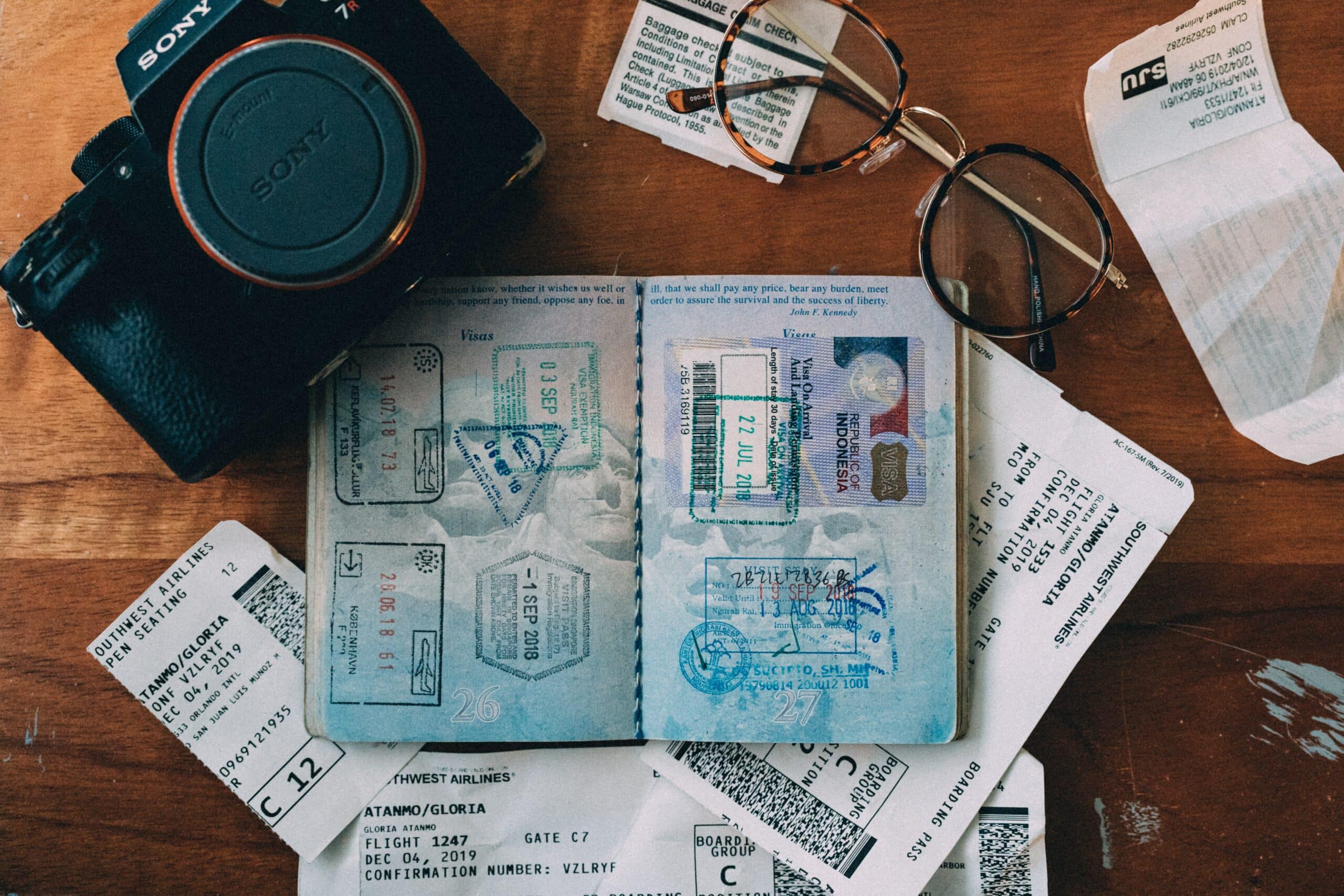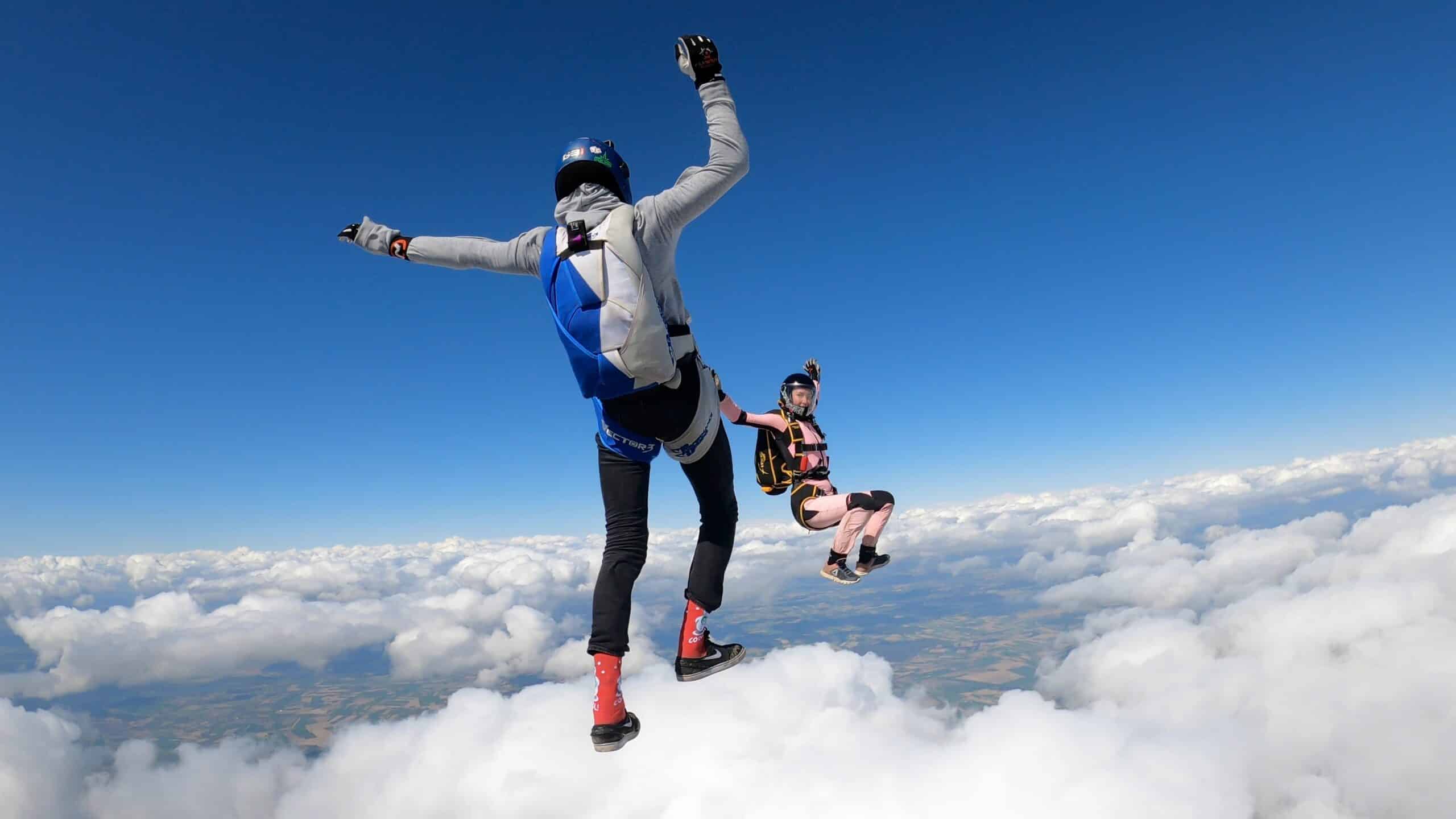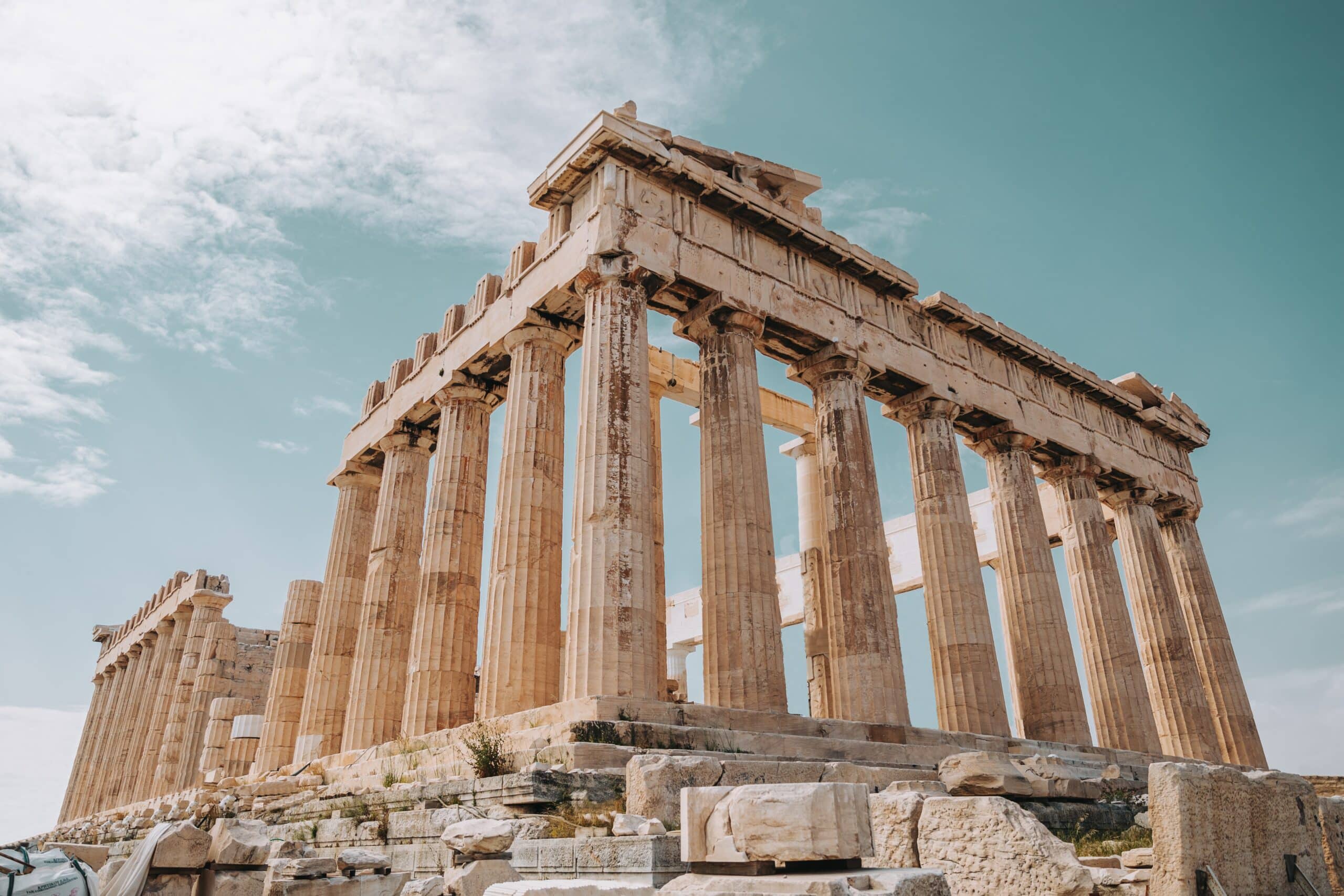One day a year, Mexico becomes the Land of the Dead, where life is celebrated and memories are honored. Sound spooky? It’s totally not, despite the costumes. Day of the Dead, or Dia de los Muertos, is a time-honored holiday celebrated in Mexico and other parts of Central and South America.
A kaleidoscope of souls
November 1st and 2nd mark the start of this lively celebration, where families and friends pay tribute to their beloved ones who have passed away. It sounds sad, but it’s actually quite festive! From lively altars, filled with an array of vibrant flowers and flickering candles, to heart-warming gatherings filled with laughter and memories, the spirit of the dead is kept alive.
One of the most iconic symbols of Day of the Dead is the Calavera, a skull made from sugar or chocolate, decorated with a kaleidoscope of vibrant icing and paint. These playful decorations adorn altars or are offered as a tribute to the deceased.

A dance with the departed
Food and drink play a crucial role in Day of the Dead celebrations, serving as offerings to the dead. From Pan de Muerto, a sweet bread shaped like a small loaf or bun and decorated with sugar or icing, to Tamales, a traditional Mexican dish made from corn dough and filled with a variety of ingredients, the aromas, and flavors of Day of the Dead are as vibrant as the celebrations themselves.
Sip on a warm mug of Atole, a sweet drink made from cornmeal and flavored with spices, or indulge in sugar or chocolate Calacas, skulls that come alive with vibrant icing or paint. From tacos, burritos, and enchiladas, traditional Mexican foods are an integral part of the celebrations. It is not uncommon to see loved ones’ favorite foods placed at their gravesite as a tribute to their memory.
Mexico’s Day of the Dead is truly a vibrant and mesmerizing celebration that transcends boundaries. If you find yourself south of the border in early November, you too can celebrate life, death, and all the adventures in between.









